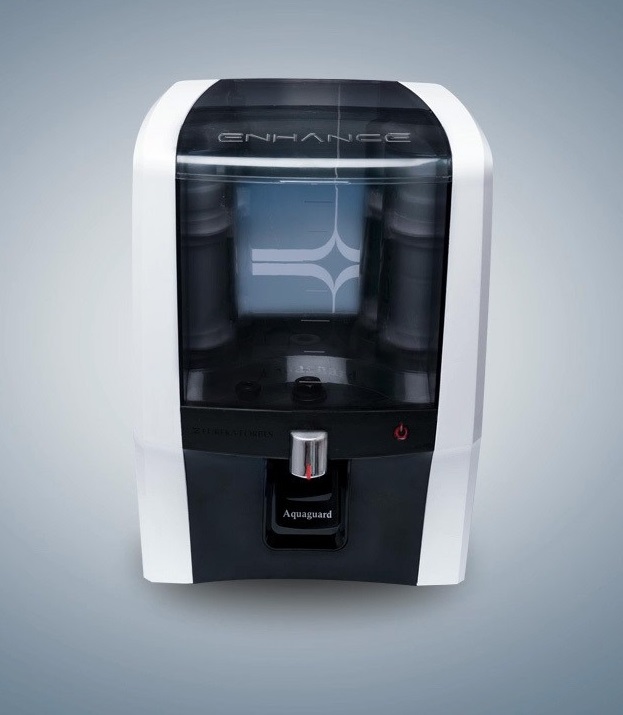

When collection systems are overtaxed, sanitary sewer overflows (SSOs) can occur. As collection systems age and decline in condition, groundwater and stormwater enter the networks through cracks, joints, or illicit connections as inflow and infiltration. The typical lifespan expected for wastewater pipes is 50 to 100 years. Nationwide, the drinking water and wastewater pipes in the ground are on average 45 years old, while some systems have components more than a century old. was 37 years old, an indication that, without proactive homeowner maintenance, there may be significant needs for upgrading and/or replacing onsite wastewater infrastructure. In 2015, the National Association of Home Builders estimated that the median age of owner-occupied housing across the U.S. Most states do not collect condition data for these smaller systems, so an accurate assessment of the remaining lifespan or current condition is nearly impossible to determine. However, smaller onsite systems, such as septic tanks, have a shorter average lifespan of 20 to 30 years. The majority of the nation’s WWTPs are designed with an average lifespan of 40 to 50 years, so the systems that were constructed in the 1970s, around the passing of the Clean Water Act in 1972, are reaching the end of their service lives. In addition to WWTPs, the nation’s wastewater footprint also includes a network of over 800,000 miles of public sewers and an additional 500,000 miles of private lateral sewers that connect homes and businesses to public sewer lines. Across all sizes of WWTPs, systems are operating at an average of 81% of their design capacity, while 15% of systems are at or have exceeded that threshold. Currently, 62.5 billion gallons of wastewater per day is being treated by centralized WWTPs.

Growing urban environments signal a trend that centralized wastewater treatment plants (WWTP) will increasingly accommodate a larger portion of the nation’s wastewater demand. Although the nation’s population growth projections are modest, a 2018 Pew Research Center study expects 86% of this growth to occur in urban and suburban areas. The remainder of the population - approximately 20% of Americans - rely on onsite wastewater systems such as septic tanks. There are more than 16,000 publicly owned wastewater treatment systems of various sizes serving the majority of wastewater needs in the United States. In 2019, though the annual water infrastructure capital investment gap was $81 billion, the sector has made strides to address current and future needs through resilience-related planning and innovations that produce profitable byproducts or cost savings from wastewater treatment. Recently, the more prevalent use of asset management plans enables 62% of surveyed utilities to proactively manage wastewater infrastructure maintenance rather than reactively respond to pipeline and equipment failures. Estimates indicate that utilities spent over $3 billion in 2019, or more than $18 per wastewater customer to replace the almost 4,700 miles of pipeline nationwide. As many treatment plants and collection networks approach the end of their lifespans, the financial responsibilities for operation and maintenance will become more costly. Though large-scale capital improvements have been made to systems experiencing sanitary sewer overflows, efforts have slowed in recent years. Growing urban environments signal a trend that these facilities will increasingly accommodate a larger portion of the nation’s wastewater demand.
Igrade water management system functions upgrade#
The Environmental Technology Water Management Certificate is designed to prepare students to enter the environmental health and safety field or to upgrade working individuals with environmental health and safety technician skills. Students will gain the skills and knowledge that allow a person to work in the environmental field in compliance with governmental regulations and at the same time protect human health and the environment.The nation’s more than 16,000 wastewater treatment plants are functioning, on average, at 81% of their design capacities, while 15% have reached or exceeded it. Board Policies and Administrative Procedures.Chromebooks, WiFi Hotspots, Calculators.


 0 kommentar(er)
0 kommentar(er)
